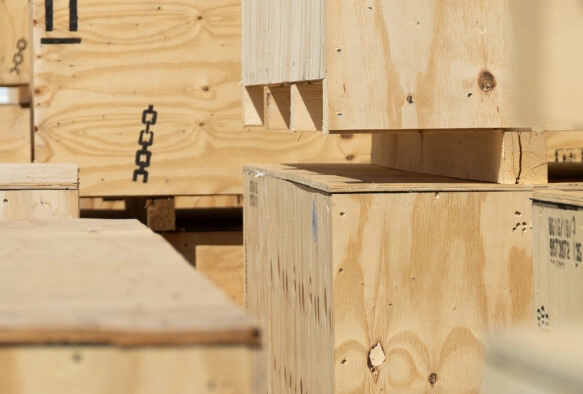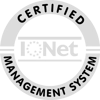Every relocation plan should start with a timeline that details every step from the beginning all the way until the end. We recommend starting the planning process two-to-four months before the actual move.
…

Written by System AutoAdmin
02.07.2021




